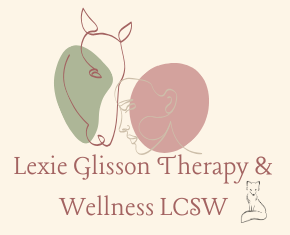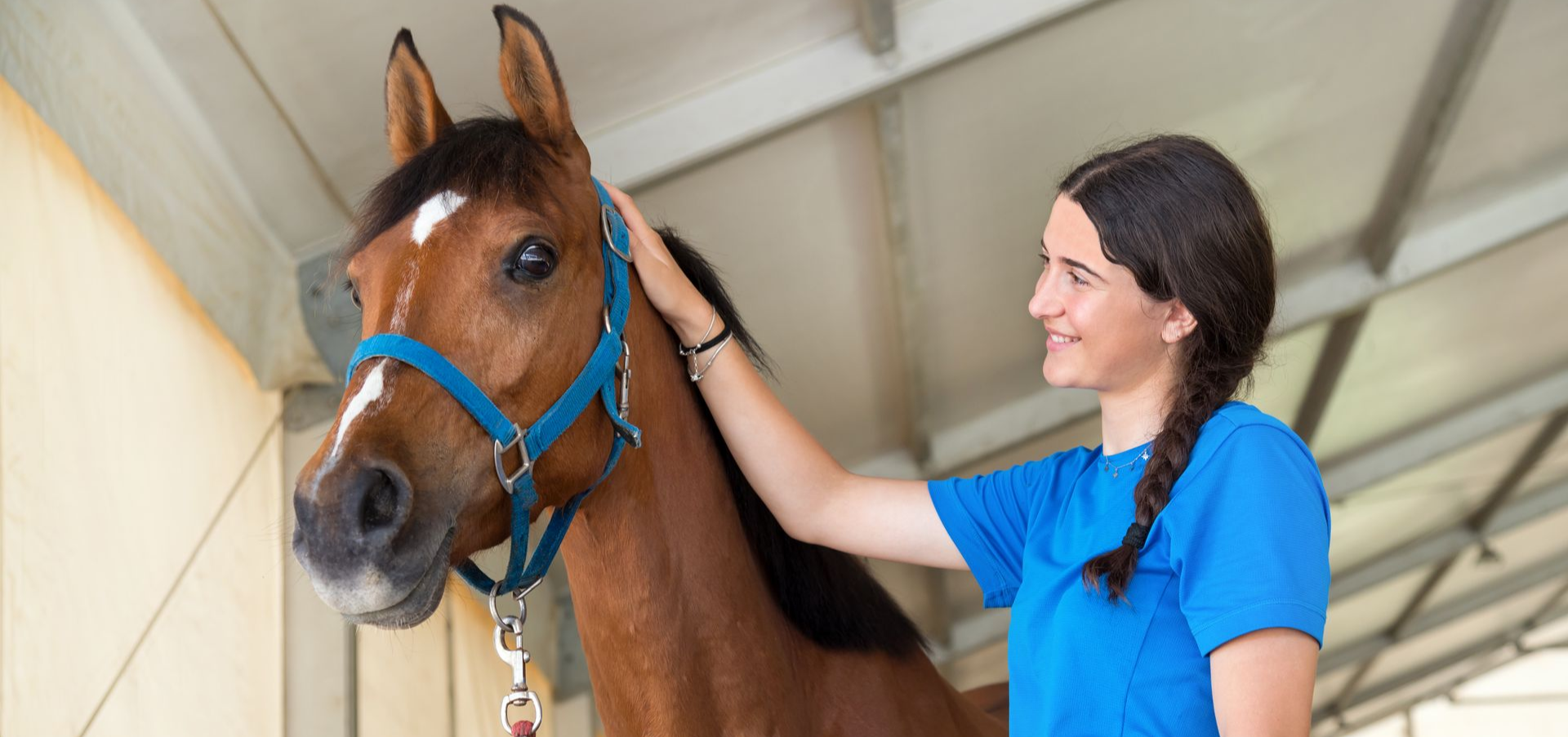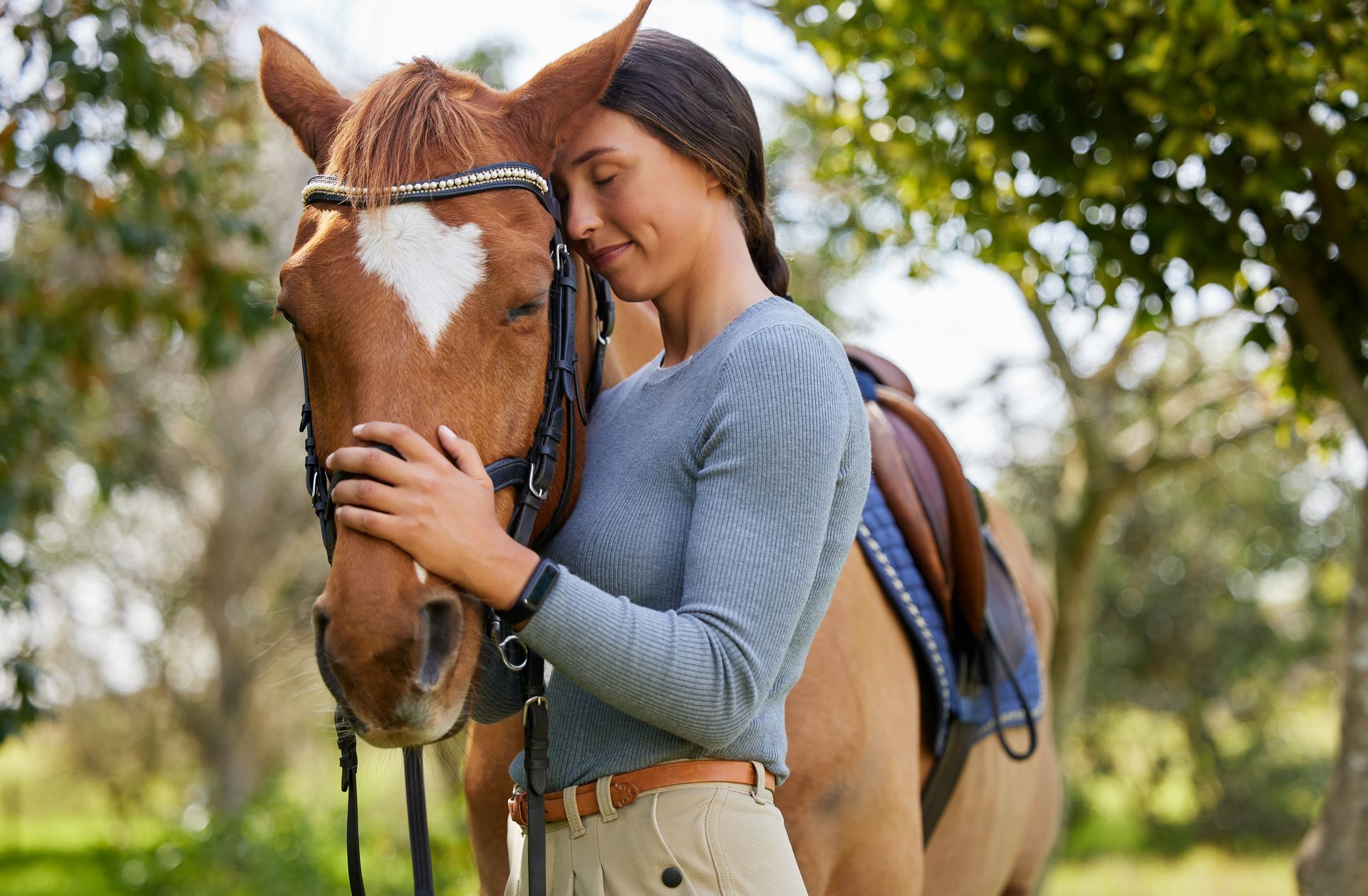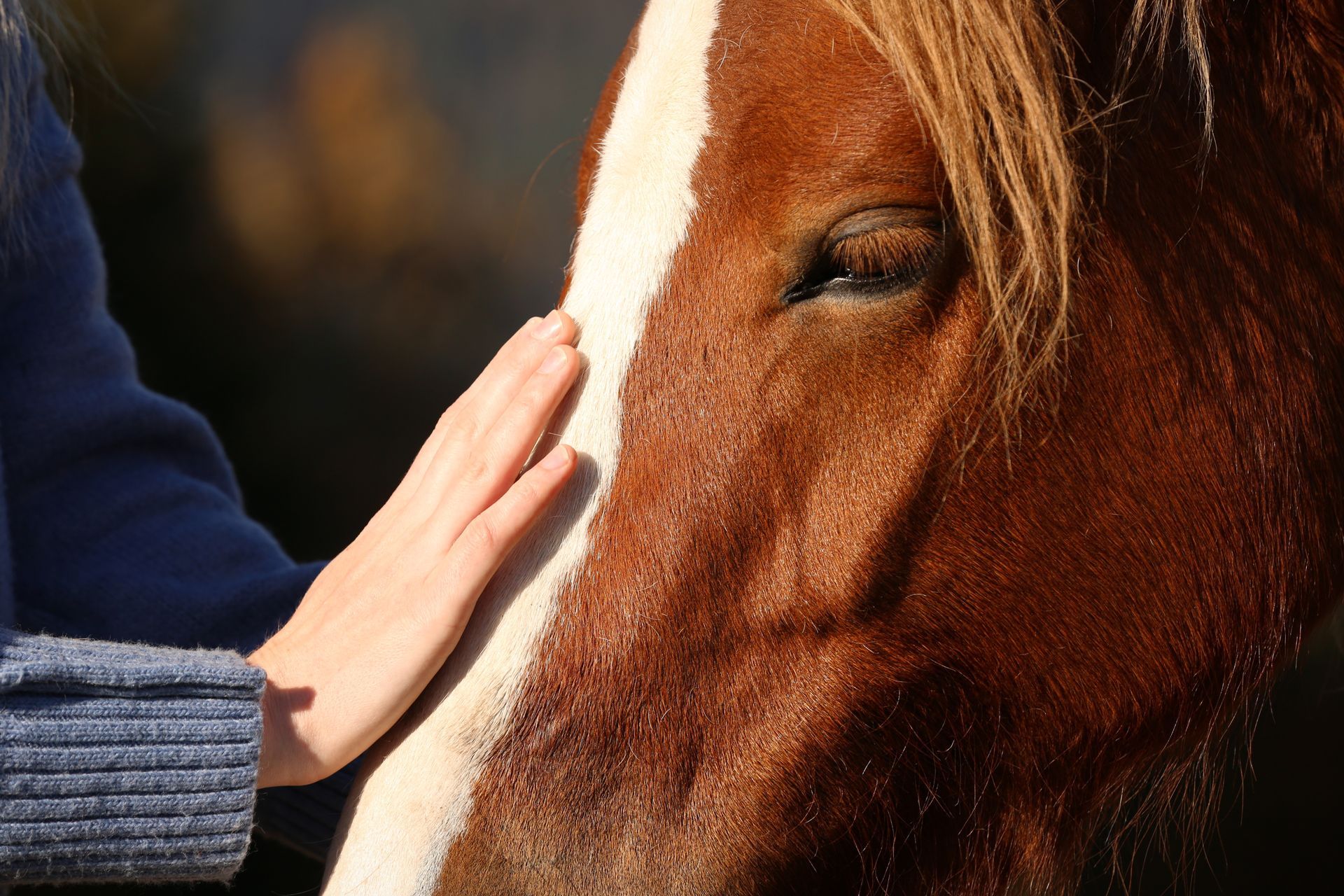How Does Nature Help Regulate the Nervous System?
Spending time in nature has been shown to regulate the autonomic nervous system, shifting the body from a state of stress (sympathetic activation) to relaxation (parasympathetic activation). Research suggests that exposure to natural environments lowers cortisol levels, reduces heart rate, and promotes a sense of calm, making it a powerful tool for managing anxiety and trauma.
A study published in the journal Environmental Health and Preventive Medicine found that individuals who spent 15 minutes walking in a forest had a 16% decrease in cortisol levels compared to those in urban settings. Additionally, their blood pressure dropped by an average of 1.9%, and heart rate decreased by 3.9%, demonstrating nature's measurable impact on the body's stress response.
Can Nature Reduce Stress and Anxiety? (Science-Backed Benefits)
Nature exposure triggers physiological responses that counteract stress. Studies show that spending at least 20 minutes outside can lower cortisol levels and improve mood. Activities such as walking in a forest, listening to running water, or simply sitting in a green space can decrease overactivity in the amygdala, the brain’s fear center, leading to reduced anxiety and stress-related symptoms.
How Does Sunlight and Fresh Air Improve Mental Health?
Sunlight exposure increases serotonin levels, which can enhance mood and combat depression. Fresh air and outdoor movement also boost oxygen intake, supporting brain function and mental clarity. These natural elements work together to improve sleep quality, energy levels, and overall emotional balance.
Does Being in Nature Improve Focus and Cognitive Function?
Being in nature has been linked to improved cognitive function, attention, and creativity. Research on Attention Restoration Theory (ART) suggests that natural environments allow the brain to recover from mental fatigue, enhancing focus and problem-solving skills. This is especially beneficial for individuals with ADHD or those experiencing burnout.
How Does Spending Time Outdoors Strengthen Emotional Resilience?
Spending time outdoors fosters social interactions, reduces feelings of loneliness, and strengthens emotional resilience. Group activities in nature, such as hiking or gardening, provide a sense of community and belonging, which are essential for mental health. Additionally, observing nature’s cycles can offer perspective and emotional grounding, helping individuals navigate personal challenges with greater ease.
What Are Easy Ways to Spend More Time in Nature for Mental Well-Being?
- Take a 20-minute walk in a park or green space.
- Practice mindfulness by noticing the sights, sounds, and textures in nature.
- Engage in outdoor activities like gardening, hiking, or kayaking.
- Open windows for fresh air and natural light during the day.
- Spend time barefoot on grass or soil to enhance grounding and relaxation.
Why Is Nature-Based Therapy a Powerful Tool for Mental Health?
The science behind nature’s healing effects is clear time outdoors supports nervous system regulation, reduces stress, and enhances overall well-being. Whether through mindful walks, outdoor adventures, or simply pausing to observe nature’s beauty, integrating










